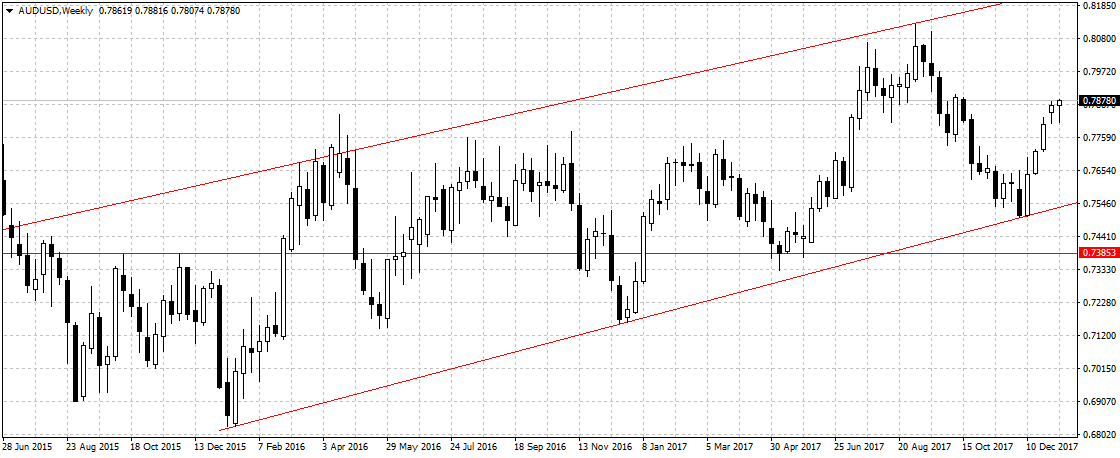Australian retail sales beat expectation in November as the retail sector outperformed the broader market on iPhone sales.
According to the Australian Bureau of Statistics, retail sales rose 1.2 percent month-on-month, boosted by the release of iPhone X and Black Friday sales. This was higher than the 0.5 percent recorded in October and better than the 0.4 percent predicted by economists.

A shopper looks at clothes on sale in a retail store in central Sydney, Australia, November 28, 2016. Steven Saphore
“Seasonally adjusted sales in both these industries are influenced by the release of the iPhone X and the increasing popularity of promotions in November, including Black Friday sales,” Ben James from the ABS observed.
Consumer spending on household goods jumped the most, with electrical and electronic goods rising 9.3 percent.
However, a look at a more stable sales trend without the one-off impact of the iPhone sales, showed sales were up 0.1 percent in the month. Suggesting that rising household debt and weak wage growth are still hurting household income.
“This confirms our view that underlying conditions for households remain challenging,” BIS Oxford Economics’ head of economics in Australia, Sarah Hunter, said.
Therefore, 2018 is likely to be a year of subdued consumer spending, especially with China, Australia’s largest trading partner focusing on credit control to rein business debt and cut iron ore importation to reduce extreme air population. Wage growth and inflation rate may remain weak for the larger part of the year.
“There are still a lot of pressures on the consumer in Australia, the main one being that wages growth is still running at quite a low level,” echoed Diana Mousina.
The Australian dollar gained 0.3 percent against the U.S dollar to $78.78c.














Leave A Comment